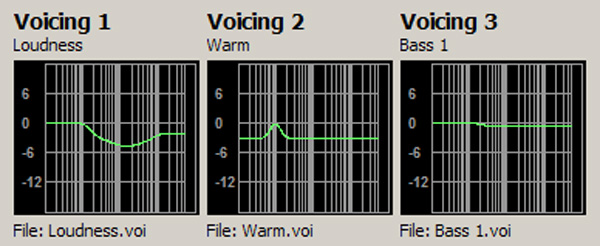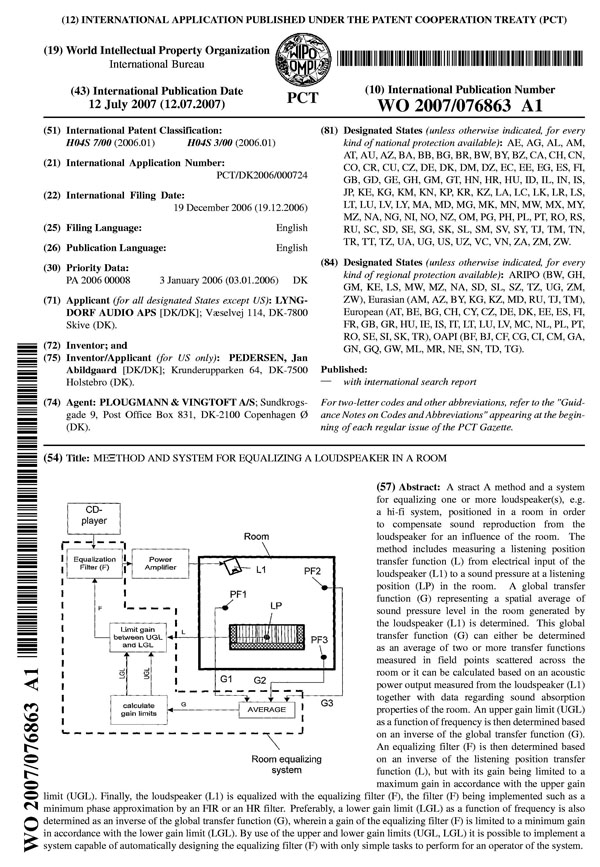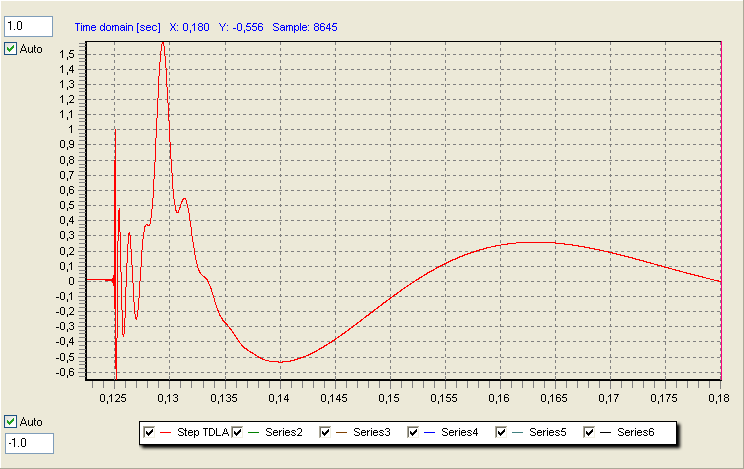Liebe Lyngdorfer,
da man beim Lyngdorf-Vollverstärker TDA 2200 zwischen normalem Equalizer und RoomPerfect durch Aufspielen der jeweiligen Software "umschalten" kann, habe ich mich bezüglich meines Vorverstärkers DPA-1 mit folgender Frage an den Lyndorf-Service gewendet:
Rudolf hat geschrieben:I am a happy user of the Lyngdorf DPA-1 with RoomPerfect since 2 years. I am a bit disappointed, however, that it is still not possible to generate a personal voicing curve. Being an audiophile playchild I would like to (temporarily) switch the DPA-1 to equalizing mode, just as it can be done with the TDA 2200. Is there any way to accomplish this myself?
Hier ist die Antwort von Lyngdorf:
Lyngdorf hat geschrieben:It is correct that at present it is not possible to generate and save your personal voicing curve on your DPA-1 with RoomPerfect. The reason for this is that the available headroom for filters is reserved for the RoomPerfect calibration.
If our library of voicings does not include your favourite, you can send us your specification of the voicing together with a description of the situation - we can send you the specified voicing, and if it has general interest – we will include it in our library.
As we have never made any version of the DPA-1 without RoomPerfect, there is no such alternative firmware (as with the TDAI-2200).
Im Klartext: beim DPA-1 ist ein Wechsel zum Equalizer-Modus nicht möglich. Als kleines Trostpflaster bietet Lyngdorf an, ein individuelles Voicing zu erstellen.
Viele Grüße
Rudolf
PS: Ich habe mir am Wochenende mal die neuen Voicings aufgespielt. Einige davon gefallen mir nicht schlecht, insbesondere das Voicing "Bass 1" (ganz rechts) mit einer dezenten Bassanhebung:

Entgegen meiner Vermutung haben mir die Voicings "Loudness" und "Warm" jedoch nicht gefallen.
Mit ihnen wurde mir das Klingbild einfach zu stumpf.








